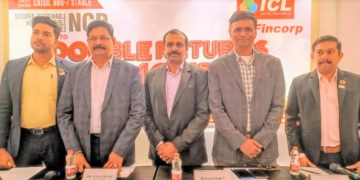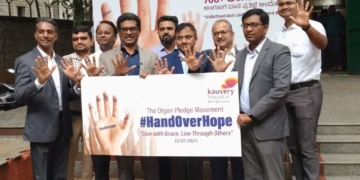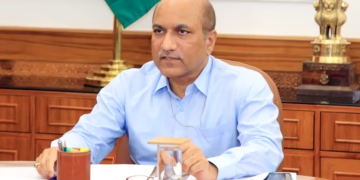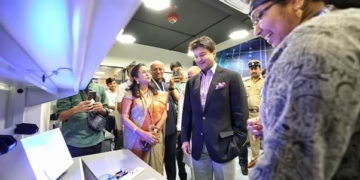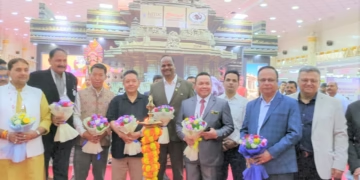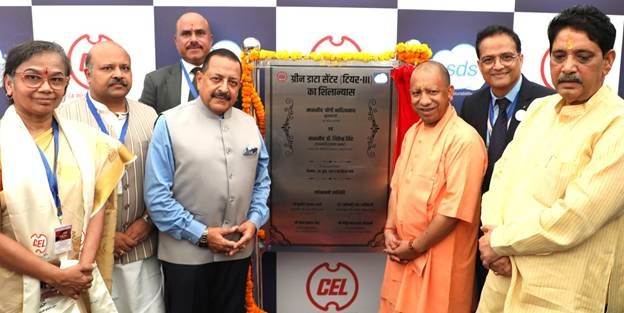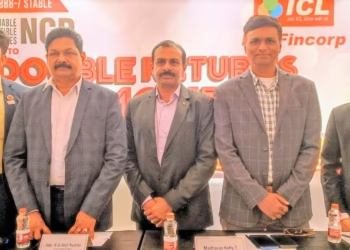Yogi Adityanath lauded Central Electronics Limited (CEL) for its pioneering contributions in solar photovoltaic technology
CEL’s Radars Proved Crucial in Akash Missile System During Operation Sindhoor: Dr. Jitendra Singh
Dr. Singh highlights CEL’s Remarkable Revival: From Financial Crisis to Miniratna Status Through Public-Private Partnership
Chief Minister Uttar Pradesh Yogi Adityanath and Union Science & Technology Minister today laid the foundation stone and performed the Bhumi Pujan of a state-of-the-art “Green Data Centre” – a collaboration between Central Electronics Limited (CEL), a Govt of India PSU affiliated with CSIR under Ministry of Science & Technology and ESDS – at Sahibabad, Ghaziabad, Uttar Pradesh.
The project with 30 MW capacity, entails an investment of about ₹1,000 crore.
Describing the state-of-the-art data centre as a “milestone in India’s journey toward becoming a self-reliant global digital power,” Dr. Jitendra Singh emphasized its strategic importance.
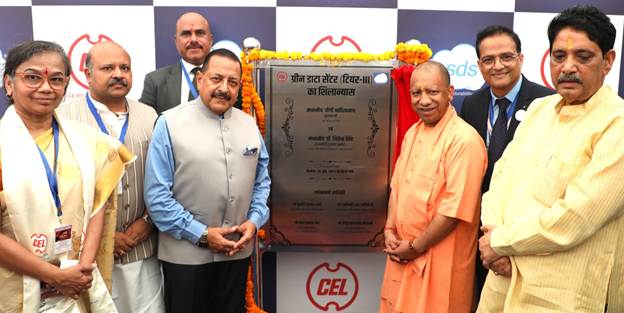
Yogi Adityanath lauded Central Electronics Limited (CEL) for its pioneering contributions in solar photovoltaic technology. He acknowledged that CEL’s advanced solar panel technology played a crucial role in implementing solar-based electricity solutions across tribal and remote regions of the state, helping bring renewable energy to the last mile. The Chief Minister emphasized that CEL’s impact extends far beyond the defence sector, contributing significantly to areas like digital literacy and railway safety. He noted that CEL’s innovations have helped bridge development gaps and strengthen critical infrastructure, reaffirming its role as a key enabler in India’s inclusive growth journey.
Green Data Centre is designed and operated with a focus on minimizing environmental impact and maximizing energy efficiency. This involves the use of energy-efficient technologies, renewable energy sources, and sustainable practices to reduce carbon footprint and resource consumption.
Recalling CEL’s historic legacy, Dr. Jitendra Singh, Union Minister of State (Independent Charge) for Science & Technology, Earth Sciences, and MoS in the Prime Minister Office, Dept. of Space and Atomic Energy shared that it was established in 1974 with the objective of commercially exploiting indigenous technologies developed by national laboratories and R&D institutions in the country. He highlighted how this pioneering PSU introduced India’s first solar cell in 1977 — long before the world recognized the potential of solar energy. In recent years, however, CEL faced a severe financial crisis and was on the verge of being disinvested. Through a successful Public-Private Partnership model, CEL underwent a remarkable transformation and was awarded “Mini Ratna” status last year.
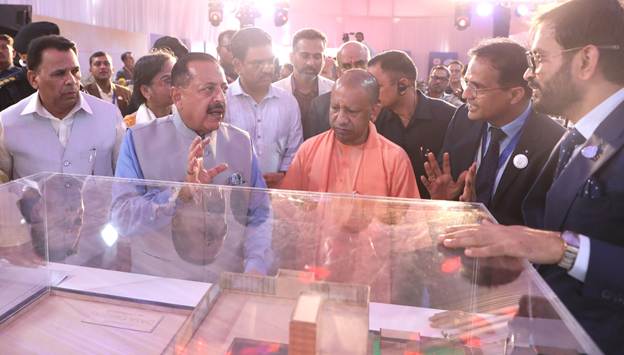
Dr. Jitendra Singh also underlined CEL’s contributions to strategic sectors, noting that it has developed numerous critical components for defence applications. He specifically referred to the radars used in the Akash Missile System, which proved instrumental during Operation Sindhoor, showcasing India’s technological strength. “Not limited to defence alone, it is a trusted name in innovation-led manufacturing across Defence, Railways, and Solar sectors,” he added.
“This transformation of CEL is a model for other PSUs — a story of revival, resilience, and responsibility through strategic collaboration,” said Dr. Singh.
Designed with sustainability and performance at its core, the upcoming data centre will feature a scalable infrastructure with a 30 MW capacity, capable of accommodating 200 high-density racks per floor. It is being developed to meet Tier III/TIA/Uptime-compliant standards, ensuring high availability and operational resilience. The centre will be equipped with a 40 Gbps ring fibre network supported by multiple ISPs and will offer dual 10 Gbps links for seamless cloud integration and disaster recovery replication. In line with green infrastructure principles, it will include rainwater harvesting, reflective roofing, and smart cooling systems — making it both energy-efficient and environmentally responsible. The centre is designed to attract startups, enterprises, and government agencies, generate skilled jobs, and promote local innovation.
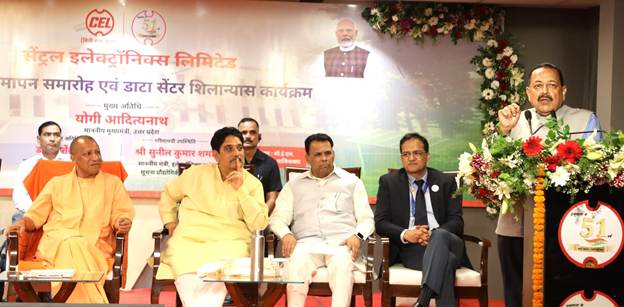
Dr Jitendra Singh announced the establishment of a Biotechnology Industrial Park in Lucknow and the hosting of a Startup Conclave in Uttar Pradesh after the Independence Day celebrations, underlining the state’s growing prominence as an innovation and entrepreneurship hub. He expressed gratitude to Chief Minister Yogi Adityanath for his unwavering support to science and innovation and recalled his role in inaugurating the Central Administrative Tribunal (CAT) building in Gomti Nagar, Lucknow.
Highlighting India’s rapid strides in science and technology, Dr. Jitendra Singh cited several remarkable examples that have garnered both national and international attention. He mentioned CSIR-NBRI’s breakthrough in genetically developing a 108-petal lotus, which gained popularity through social media and quiz shows. He also highlighted the Palampur Institute’s development of out-of-season tulips, which were offered during the Ram Temple consecration in Ayodhya. Another significant achievement was the Surya Tilak phenomenon on Lord Ram’s idol, enabled by precise astronomical engineering by the Indian Institute of Astrophysics. Additionally, the Department of Atomic Energy established three faecal sludge treatment plants during this year’s Kumbh Mela, which treated 1.5 million tonnes of waste — ensuring hygiene and preventing disease outbreaks at the world’s largest human congregation.
Emphasizing India’s vision of “Viksit Bharat @2047,” Dr. Jitendra Singh called for collaborative national efforts: “Science, Technology, and Innovation must be a collaborative mission. We need to synergize the capabilities of the government and the private sector to unlock India’s true potential,” he asserted.













